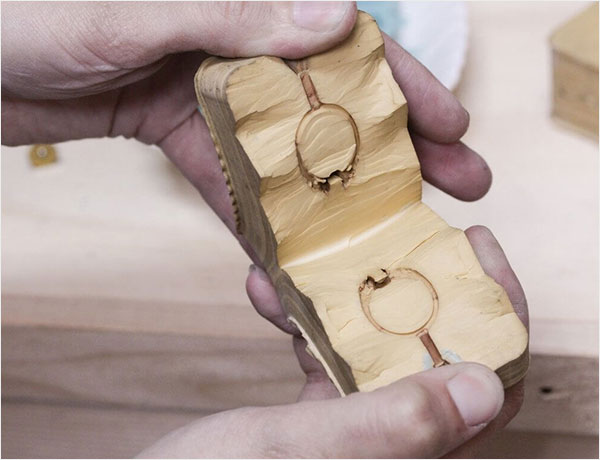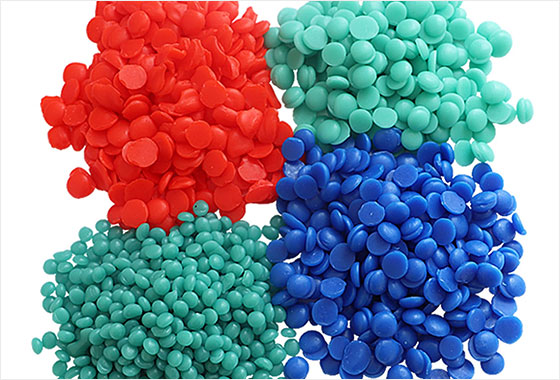Processes
- Polymer Processing
- Injection Molding Insert Molding Blow Molding Over Molding Metal Injection Molding Thermoforming
- Metal Casting
- Die Casting Castings & Forgings Wax Casting Lost Wax Casting Grey Iron Castings Centrifugal Casting Investment Casting Permanent Mold Sand Casting Shell Mold Casting Aluminum Investment Casting Brass Investment Casting Steel Investment Castings Titanium Investment Casting
- Machining
- Milling Turning EDM machining CNC Engraving Hole-making Tap Size Chart Drill Size Chart 5 axis machining Micro Machining CNC Cutting Metal Processes Ceramic Manufacturing Swiss Precision Machining
Materials
What Is Wax Casting
Wax casting, that is, the lost wax casting method,is a technique that utilizes a wax template to produce metal component. Aluminum, copper and stainless steel are among the most frequently used metals; virtually any castable metal may be utilized including gold, titanium and brass. Due to the flat surface of the wax pattern that is used to make a ceramic mold, the resultant components have a very fine finish that needs minimal machining.
The Process Of Wax Casting
The wax casting process is as follows: firstly, the casting to be made is made into a model with wax, and the model is welded to the gate bar with the same material to make a module (when the casting is large, it can be a single group), the surface of the module is dipped with fire-resistant coating (water glass or the mixture of silica sol and fine sand), and then sprinkled with fire-resistant sand (dipping and sanding shall be repeated several times to make the sand layer thick enough), After it is dried and solidified, heat the module, and remove the wax from the gate to form an empty shell. The empty shell is roasted to make it a solid mold shell. The metal liquid is poured from the gate and condensed to become a metal casting.

The Application Of Wax Casting
Wax mold precision casting originated in the Bronze Age in China, with a history of more than 2000 years. It is widely used. It is not only suitable for precision casting of various types and alloys, but also produces castings with higher dimensional accuracy and surface quality than other precision casting methods, and even complex, high temperature resistant and difficult to process castings that are difficult to be cast by other precision casting methods can be cast by investment casting.
The Advantages Of Wax Casting
Now it can be called investment casting, which is mainly characterized by less cutting or even no cutting. Compared with other casting methods, the wax castings obtained are better than other casting methods in dimensional accuracy and surface quality. In addition, it can also be used to cast some castings that are not easy to process.
